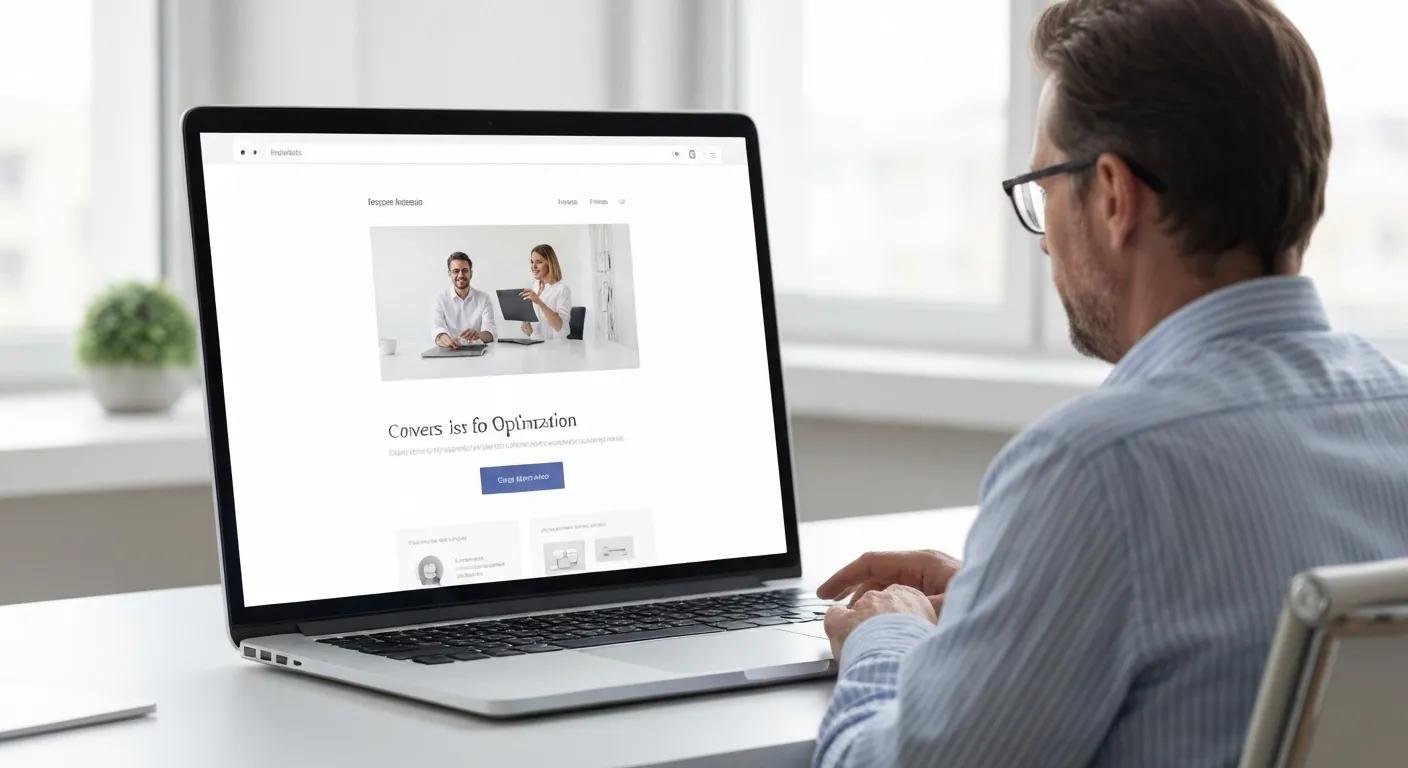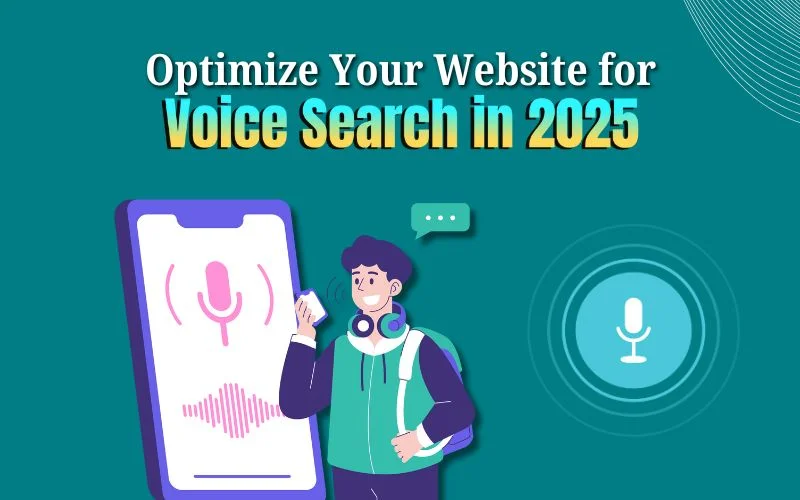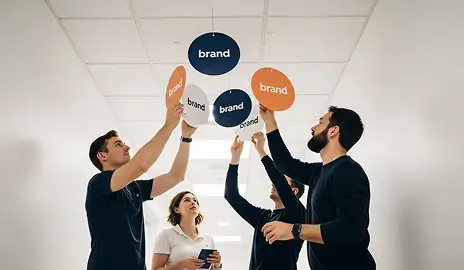Your website may attract traffic yet only convert a fraction of visitors—often under 3%—leaving revenue and leads on the table. Identifying why your business website isn’t converting and applying targeted fixes can boost website sales, improve user satisfaction, and maximize ROI on your marketing spend. In this guide, you’ll discover ten core issues—from poor user experience and unclear calls-to-action to technical bottlenecks and weak trust signals—and actionable solutions to address each. We’ll cover:
- Common conversion problems and their impact
- UX improvements for smoother customer journeys
- CTA optimization strategies
- Building credibility with trust signals
- Clarifying value propositions
- Technical fixes for speed and performance
- Data-driven analytics approaches
- Traffic quality and targeting
- Lead form enhancements
- Content tactics for engagement
Understanding these factors will empower you to diagnose low conversion rates and implement changes that drive measurable growth.
Why Is My Website Not Converting? Common Website Conversion Problems Explained
A website not converting means visitors leave before completing key actions such as purchases or sign-ups, causing revenue loss and wasted traffic. Low conversion rates often stem from misaligned messaging, friction in the user journey, or technical slowdowns. Addressing these root causes restores visitor engagement and supports sales growth.
What Are the Most Frequent Causes of Low Conversion Rates?
The leading drivers of low conversions include confusing navigation, unclear CTAs, slow load speeds, poor mobile experience, lack of trust signals, and irrelevant traffic. Each factor interrupts the path from visitor to customer and compounds lost opportunities.
How Does Poor User Experience Affect Website Conversions?
Poor user experience leads to high bounce rates by frustrating visitors who cannot find information or complete tasks. When a site’s layout, navigation, or design adds friction, users abandon pages before converting, undermining marketing efforts and eroding brand credibility.
Why Do Unclear Calls-to-Action Reduce Visitor Engagement?
Unclear calls-to-action fail to guide visitors toward desired steps, resulting in indecision and exit. Without bold, concise CTAs, users lack direction and motivation to subscribe, request a demo, or purchase, directly lowering conversion rates.
How Can Improving User Experience Boost Your Website Conversion Rate?

Optimizing user experience enhances usability, reduces friction, and increases the likelihood that visitors take action. A streamlined UX builds trust, accelerates decision-making, and ultimately boosts website sales.
What Are the Key Elements of Effective Website Navigation?
Well-structured navigation helps visitors locate content and complete tasks quickly:
- Design intuitive menu hierarchies with clear labels.
- Use breadcrumb trails to show user context.
- Provide a persistent search function for direct access.
These practices reduce confusion and support seamless progression toward conversion goals.
How Does Mobile Responsiveness Influence Conversion Rates?
Mobile responsiveness ensures that your website adapts to varied screen sizes, touch interactions, and bandwidth constraints. A responsive design promotes consistency, lowers abandonments on smartphones, and taps into the growing mobile audience to lift overall conversions.
Why Is Page Load Speed Critical for User Satisfaction and Sales?
Page load speed directly impacts engagement—each extra second of load time can reduce conversions by up to 20%. Faster pages keep users on site, encourage exploration, and support revenue growth by minimizing frustration and abandonment.
Kissmetrics, “How Loading Time Affects Your Bottom Line” (2011)
The Impact of Page Load Speed on Conversions
Research indicates that a one-second delay in page load time can decrease conversions by up to 20%. Faster loading times improve user experience and encourage exploration, which supports revenue growth by minimizing abandonment.
| Load Improvement Technique | Core Benefit | Expected Impact |
|---|---|---|
| Image Compression | Reduced file sizes | 20–40% faster loads |
| Browser Caching | Reused assets on repeat visits | 50% fewer server calls |
| Code Minification | Smaller HTML/CSS/JS | 10–30% performance boost |
Employing these optimizations accelerates page rendering and primes users for conversion actions.
How Can Simplifying Website Layout Improve User Engagement?
A clean layout highlights key messages and CTAs by eliminating clutter. Presenting one primary action per page reduces cognitive load, focuses visitor attention, and guides users swiftly toward conversion points.
What Are Effective Strategies to Optimize Calls-to-Action for Higher Conversions?
Optimizing CTAs converts interest into action by using clear copy, strategic placement, and continuous testing to refine messaging and design.
How Do You Create Clear and Compelling CTA Copy?
Effective CTA copy uses active verbs, addresses visitor needs, and conveys immediate value. For example:
- “Get Your Free Audit”
- “Start Boosting Sales Today”
- “Download the Conversion Checklist”
Where Should CTAs Be Placed for Maximum Impact?
CTAs perform best when visible without scrolling or directly following persuasive content.
| Page Area | Placement Rationale | Conversion Lift Estimate |
|---|---|---|
| Above the Fold | Immediate visibility on entry | +15–25% clicks |
| Inline with Content | Contextual relevance and flow | +10–20% engagement |
| Exit-Intent Overlay | Captures abandoning visitors | +5–10% recapture rate |
Strategic positioning aligns CTAs with reader intent and maximizes engagement.
How Can A/B Testing Improve Your Call-to-Action Performance?
A/B testing systematically compares CTA variations—text, color, size, and placement—to identify combinations that yield the highest click-through and conversion rates. Continuous experimentation empowers data-driven optimizations.
How Do Trust Signals Influence Website Conversion Rates?

Trust signals such as reviews, badges, and case studies reassure visitors of your credibility and product quality, reducing purchase anxiety and enhancing sales.
Why Are Customer Testimonials and Reviews Essential for Trust?
Testimonials and star-rated reviews serve as social proof by demonstrating real user satisfaction. Displaying authentic feedback directly on landing pages reassures new visitors and supports purchase decisions.
How Do Security Badges and Privacy Policies Build Visitor Confidence?
Security badges (SSL seals, payment processor logos) and transparent privacy policies validate site safety and data protection. These signals alleviate concerns about fraud and data misuse, fostering trust and conversions.
What Role Do Case Studies Play in Enhancing Website Credibility?
Case studies offer detailed narratives showing how your solutions solved customer challenges and delivered results. They contextualize benefits with real data, reinforcing your authority and motivating prospects to follow suit.
How Can Clarifying Your Value Proposition Increase Website Conversions?
A clear value proposition articulates why visitors should choose you over alternatives, aligning offerings with their needs to motivate action.
How Do You Define and Target the Right Audience for Your Website?
Developing detailed buyer personas—mapping demographics, pain points, and motivations—ensures messaging resonates with high-intent visitors, improving traffic quality and conversion likelihood.
What Makes a Unique Selling Proposition Persuasive?
A persuasive USP differentiates through specific benefits, such as “double your leads in 60 days” or “99.9% uptime guarantee.” Combining quantifiable claims with emotional triggers drives stronger engagement.
How Can Website Messaging Be Made More Clear and Engaging?
Use concise headlines, benefit-focused subheadings, and bullet lists to communicate value. Highlight key advantages first and reinforce them with brief evidence or statistics to maintain reader interest.
What Technical Issues Cause Low Conversion Rates and How Can You Fix Them?
Technical barriers like oversized media, unoptimized code, and inadequate hosting hinder site performance and deter conversion actions.
How Does Image and Media Optimization Improve Page Speed?
Optimizing images with compression, lazy loading, and modern formats (WebP) reduces bandwidth usage and improves rendering times, keeping users engaged and ready to convert.
What Are Best Practices for Website Caching and Code Minification?
Implementing server-side caching and minifying CSS, JavaScript, and HTML eliminates unnecessary bytes, accelerates load times, and delivers smoother interactions that support higher conversion rates.
How Can Hosting Choices Affect Website Performance and Conversions?
Selecting scalable, geographically distributed hosting with CDN integration ensures low latency and uptime. A reliable infrastructure provides consistent page delivery, which fosters user trust and sustained conversions.
How Can You Use Website Analytics to Identify and Fix Conversion Problems?
Data-driven optimization relies on analytics tools to uncover user behavior patterns, friction points, and underperforming elements.
What Key Performance Indicators Should You Track for Conversion?
Analyze core KPIs such as overall conversion rate, bounce rate, average session duration, and cart abandonment rate to pinpoint where visitors fail to complete goals.
How Do Heatmaps and Session Recordings Reveal User Behavior?
Heatmaps visualize clicks, scroll depth, and mouse movements, while session recordings replay individual user journeys. These insights highlight usability issues and guide targeted UX refinements.
How Can Google Analytics Help Improve Your Website Conversion Rate?
Google Analytics provides segmentation, funnel analysis, and event tracking to measure each stage of the customer journey. Setting up goal events and conversion funnels enables precise identification of drop-off points and optimization opportunities.
How Does Traffic Quality Affect Your Website’s Conversion Rate?
Traffic quality dictates how well visitor intent aligns with your offerings—higher relevance yields better conversion performance.
Why Is Buyer Persona Development Important for Conversion?
Buyer personas help tailor content, offers, and marketing channels to the specific needs and behaviors of your ideal customers, increasing the probability of engagement and sales.
How Can Keyword Research Improve Traffic Relevance?
Targeting high-intent keywords aligned with purchase or inquiry stages attracts visitors actively seeking solutions you provide, elevating conversion rates through intent-driven traffic.
What Role Do Ad Campaigns Play in Driving Qualified Visitors?
Well-targeted ad campaigns on search and social platforms deliver qualified traffic by matching ad copy, landing page messaging, and audience parameters, directly enhancing conversion outcomes.
How Can Lead Capture Forms Be Optimized to Increase Conversions?
Streamlining form design and validation reduces friction and encourages more completions, directly boosting lead generation.
What Are the Benefits of Simplifying Online Forms?
Shorter forms with only essential fields improve user willingness to submit, lowering abandonment and increasing form completions by up to 25%.
How Do Multi-Step Forms Improve User Completion Rates?
Multi-step forms break lengthy inputs into manageable segments, sustaining user momentum and reducing perceived effort, which lifts completion rates.
Why Is Real-Time Validation Important for Lead Capture?
Real-time validation immediately flags input errors, guiding users to correct mistakes without submitting incomplete data and preventing frustration that causes drop-offs.
How Can Content Strategy Influence Website Conversion Rates?
A focused content strategy delivers valuable information that educates, engages, and persuades visitors toward conversion actions.
What Makes Website Content Valuable and Engaging for Visitors?
Content that addresses specific pain points, provides actionable tips, and tells compelling stories holds attention, builds trust, and supports conversion objectives.
How Does Readability Affect User Interaction and Conversion?
Readable content—using short paragraphs, subheadings, and bullet lists—improves comprehension and skimmability, encouraging users to explore pages further and complete calls-to-action.
Why Should Visual Content Be Used to Support Conversion Goals?
Images, infographics, and videos reinforce key messages, simplify complex concepts, and maintain user interest, all of which drive deeper engagement and increase the likelihood of conversion.
Continuous optimization across these ten areas strengthens your website’s ability to turn visitors into customers. By enhancing user experience, clarifying messaging, addressing technical constraints, and leveraging data insights, you can systematically lift conversion rates and secure more revenue from existing traffic.
Investing in Conversion Rate Optimization services can streamline this process with expert analysis, advanced A/B testing, and tailored UX improvements. Start implementing these strategies today to unlock your website’s full sales potential.










